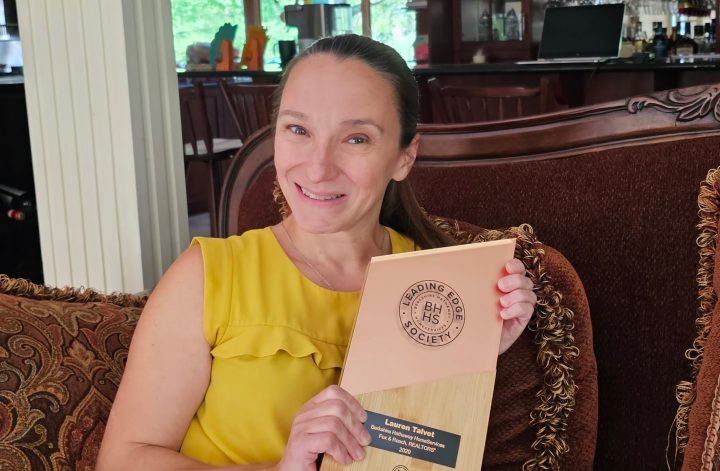Slipping toward foreclosure can lead to feelings of anxiety, depression and loss of self-esteem, but there are options available to help millions of homeowners rescue themselves from the brink. It is crucial to act before a foreclosure takes place, so moving quickly and working with an expert in the field is critical.

As a Certified Distressed Property Expert (CDPE®), I am trained in assessing all foreclosure alternatives and pursuing the best solution for my client’s financial situation.
Having the right person on your team is key! I closely manage the foreclosure process and help make the best of a stressful situation.
Homeowners Facing Foreclosure Have Options
1. Sell the Property
Homeowners with sufficient equity can list their property with a qualified Realtor® who understands the foreclosure process in their area. Unfortunately, many homeowners in today’s market have experienced a decline in home value and may owe more than what the home is worth.
2. Short Sale
A short sale allows the homeowner to avoid foreclosure, minimize financial damage and move on from a burdensome, unaffordable mortgage. In many cases, a short sale allows the borrower to qualify for a new mortgage in just 24 months, as opposed to five years or more after a foreclosure.
A trained real estate agent can negotiate a short sale with a lender if the seller has 3 qualifications.
1. Must show some type of financial hardship
2. Must have a monthly shortfall, meaning their monthly expenses are greater than their monthly income
3. Need to prove that their debts are greater than the value of their assets (certain investments, property, etc.)
In some situations, I am able to negotiate relocation assistance for my clients, so they can walk from the transaction with some money to help them move and start over.
3. Mortgage Modification
A mortgage modification involves the reduction of one of the following: the interest rate on the loan, the principal balance of the loan, the term of the loan, or any combination of these. These changes require lender approval and typically result in a lower payment for the homeowner and a more affordable mortgage.
4. Refinance
As opposed to mortgage modification, refinancing means a homeowner will be acquiring a new loan based on their current credit standing. If the homeowner has already missed mortgage payments, their credit score may make it difficult to find a loan with cheaper payments.
5. Reinstatement
A reinstatement is the simplest solution for a foreclosure, however it is often the most difficult for homeowners to achieve. The homeowner simply pays the total amount past due (including late fees) to the lender. This solution does not require the lender’s approval and will “reinstate” a mortgage up to the day before the foreclosure sale.
6. Forbearance or Repayment Plan
A forbearance or repayment plan involves negotiating with the mortgage company to allow the homeowner to repay back-payments over a period of time. The homeowner typically makes current mortgage payments in addition to a portion of the back-payments owed. This option requires lender approval.
7. Rent the Property
This option does not require lender approval, but does require the homeowner’s ability to rent the house for enough money to cover the monthly mortgage payment. It is important to remember that there may be unexpected costs associated with the maintenance of a rental property in addition to the monthly mortgage payments. Homeowners should take this into consideration when deciding whether this option will work for them.
8. Deed-in-Lieu of Foreclosure
Also known as a “friendly foreclosure,” a deed-in-lieu allows the homeowner to return the property to the lender rather than go through the foreclosure process. Lender approval is required for this option, and the homeowner must also vacate the property. Deed-in-lieu can potentially lessen the damage to a credit score and future loan eligibility, and sometimes the lender will forgo their right to pursue a deficiency judgment, meaning the homeowner will not be responsible for further payments.
9. Bankruptcy
Many have considered and marketed bankruptcy as a “foreclosure solution,” but this is only true in some states and situations. This does not require lender approval, but you must have non-mortgage debts that you claim as a hardship. Entering bankruptcy can be a risky and costly process. Be sure to seek the advice of a qualified bankruptcy attorney when pursuing this as an option. Entering in to bankruptcy and then attempting to sell the home, complicates the short sale process.
Questions?
If you or someone you know can use my services, call or email me today so we can get started!

2 Comments